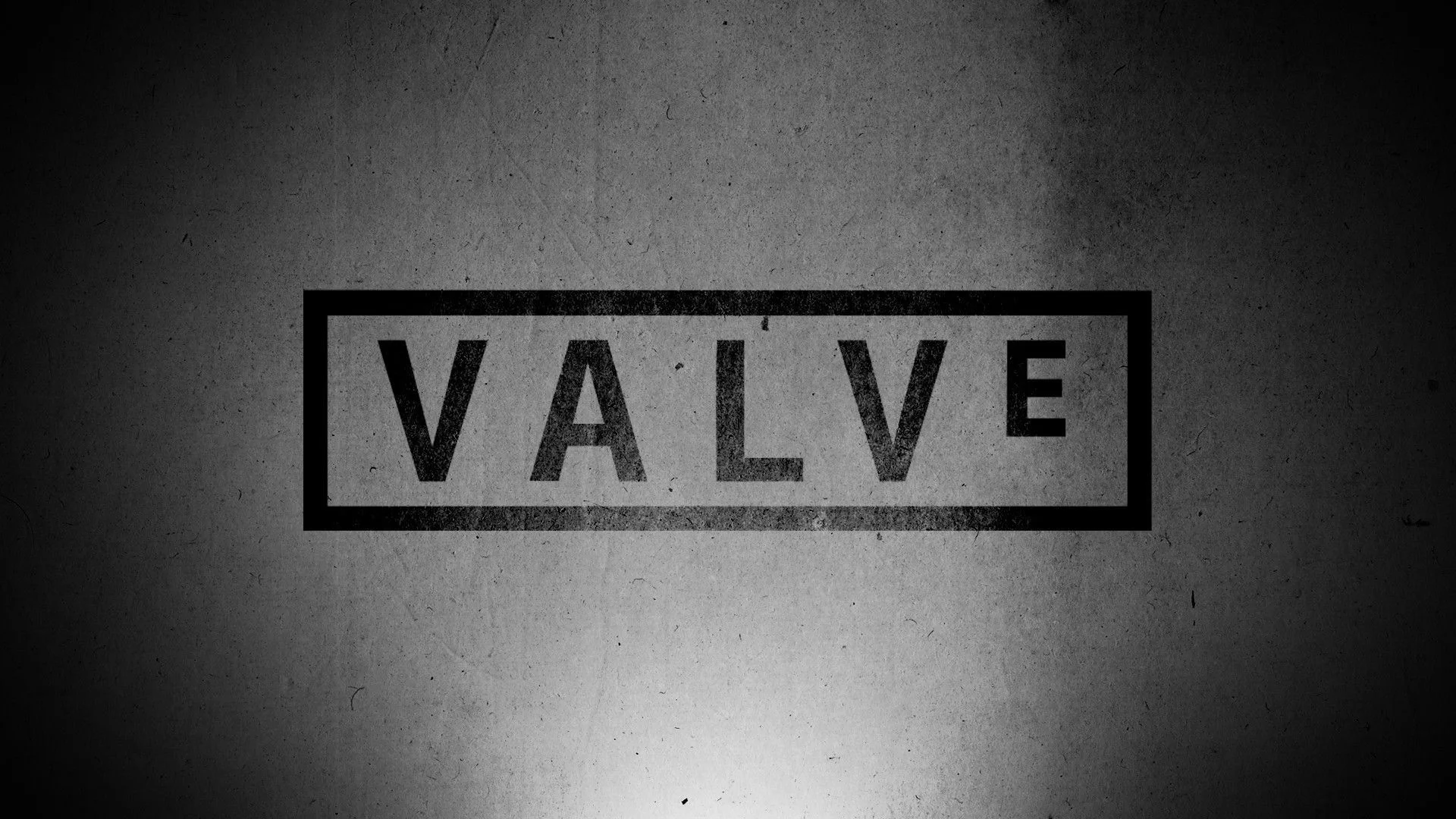In 2023, the global gaming industry generated revenues of more than $183 billion. Being the owner of Steam, which is one of the largest digital distribution platforms in the world for video games, Valve Corporation is perfectly positioned to take advantage of the current situation.
They have plenty of excellent games of their own, including Half-Life 2, Portal, Dota 2, and Counter-Strike 2. The most profitable of them is CS2, and in this article, you will find out why.
What Is CS2
CS2 is a first-person shooter in which two teams of five players are fighting against each other on a variety of maps. The play style is very addictive and has stood the test of time.
The first version of Counter-Strike dates back to roughly 24 years ago and the latest, named Counter-Strike 2, was released in September last year. In between, there have been plenty of other versions of the game, the most famous one being CS:GO.
CS2 currently has a player base of around 20 million. On average, the game has 950,000 concurrent players, which is a lot. Because we’re not talking about a game that’s fashionable for a few months and then disappears completely. Rather, we’re talking about a game that’s played day and night and only grows with time.
CS2’s Esports Side
CS2 has one of the most stable professional circuits of all competitive video games. Each year, dozens of S-tier tournaments are organized. These are events with large prize pools, ranging from $250.000 to $1 million. Some of their matches are played in huge arenas in front of tens of thousands of fans, many of whom also enjoy betting on CS2 competitions.
The Business of CS2
Because of the game’s popularity and entertainment factor, the player base is rapidly growing. Valve benefits from this in a variety of ways.
Game Purchases
CS2 can be played for free, but only in unranked modes. If you want to start tracking your progress and rank up, you need to buy the Prime Status upgrade, which costs around $15. Naturally, almost everyone who plays the game decides to buy it at some point.
In recent years, the main issue that’s been causing CS2 and many other games a lot of headaches, has been reduced thanks to the advancements in artificial intelligence. Pretty soon, the problem might go away completely, which will further incentivize players to buy the game and play competitively.
The Skin Market
CS2 gives players the ability to customize their visual experience with in-game cosmetics called skins. These cosmetics don’t give any concrete advantage, but they do give players a psychological advantage because some of them simply look amazing.
Skins can be obtained by opening weapon cases and sold on the market. Each time you open a case, which typically costs less than $5 with everything included, you obtain a skin. But that skin is selected at random based on the contents of the case you are opening.
Rare skins are a lot more valuable than common ones. In the same case, you could have skins that are worth less than $1 and skins that are worth more than $1000. This huge variety, combined with the fact that players love to collect skins or trade them on the Steam Market, incentivizes the player base to open lots of cases.
In 2023, Valve’s total profit, just from case openings alone, surpassed $1 billion. So even without making that many direct game sales, the company is still selling a lot of things to people who enjoy playing Counter-Strike in their spare time.
Many of the professional players own skins that are worth tens of thousands of dollars. Needless to say, everyone would love to find one of those skins and then sell it to a collector. Their rarity makes it highly improbable that you will ever get one, but people are hopeful that one day, they’ll get a cool knife, a prestigious AWP skin, or a pair of gloves.
More Steam Users, More Games Sold
With so many people competing in CS2 on Steam, the platform greatly benefits from their presence. Steam sells many thousands of games in total and its fees are around 30%. This means that every gaming company that wants to sell a game on Steam will help Valve increase its revenues.
As you can imagine, almost nobody plays just one game. People like to experiment with all kinds of game genres and new releases, which can cost between $5 and $100+ per title.









